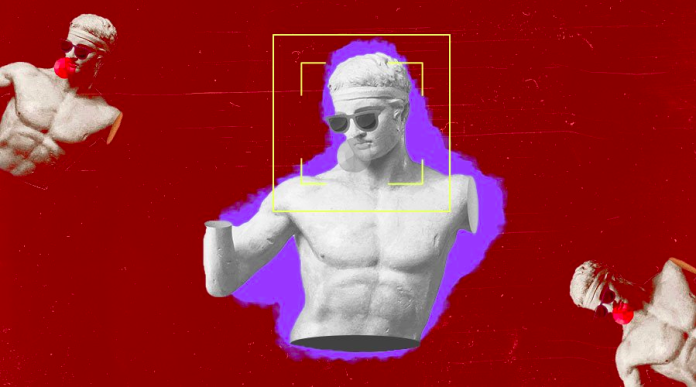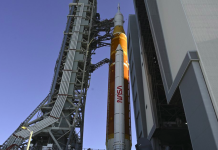AI image recognition interprets photographs to identify objects, places, etc.
As it is subjected to machines for identification, artificial intelligence (AI) is becoming sophisticated. The greater the number of databases kept for Machine Learning models, the more thorough and nimbler your AI will be in identifying, understanding, and predicting in a variety of circumstances.
Image recognition aids computer vision in accurately identifying things in the environment. It is difficult to identify or distinguish items without picture recognition. Because image recognition is critical for computer vision, we must learn more about it.
What is AI Image Recognition?
Image recognition, a subset of computer vision, is the art of recognizing and interpreting photographs to identify objects, places, people, or things observable in one’s natural surroundings. Finally, the major goal is to view the objects in the same way that a human brain would. Image recognition seeks to detect and evaluate all of these things, and then draw conclusions based on that analysis.
Computer vision, on the other hand, is a broader phrase that encompasses the ways of acquiring, analyzing, and processing data from the actual world to machines. Image recognition examines each pixel in an image to extract relevant information in the same way that humans do. AI cams can detect and recognize a wide range of objects that have been trained in computer vision.
How Does AI Image Recognition Work?
Humans recognize images by utilizing a natural neural network that assists them in identifying items in images gained from previous experiences. Furthermore, the artificial neural network aids robots in image recognition.
Multiple layers of cells in an AI neural network can influence each other. And the complexity of a neural network’s structure and design is determined by the sort of information needed. Image recognition is harder than you might believe because it requires deep learning, neural networks, and advanced image recognition algorithms to be conceivable for machines.
How AI is Trained to Recognize the Image?
To make machine image recognition conceivable, we must first train algorithms that can learn and forecast with high accuracy. Consider this: if you look at an image of a cat, you can clearly tell it is a cat, but the image recognition system operates differently.
Because of similar characteristics, a machine can see it like 75% kitten, 10% puppy, and 5% like other similar styles like an animal, which is referred to as the confidence score. And, in order to accurately anticipate the object, the machine must first grasp what it sees, then analyze it by comparing it to past training to create the final prediction.
Neural Networks in AI Image Recognition
Machines visualize and evaluate visual content in images in ways that humans do not. In comparison to humans, machines interpret images as a raster, which is a collection of pixels, or as a vector. Convolutional neural networks aid in accomplishing this goal for machines that can clearly describe what is happening in images.
A convolutional neural network is now supporting AI in picture recognition. However, the question of how diverse images are made identifiable to AI arises. The explanation is that these photos are labeled with the appropriate data labeling techniques in order to generate high-quality training datasets.
How Does AI Recognize Images?
Various aspects were evaluated while recognizing the photographs to assist AI in distinguishing the object of interest. Let’s look at how and what kinds of things are recognized in picture recognition.
Facial Recognition
AI face recognition is one of the greatest instances of how a face recognition system maps numerous features of the face. After acquiring such information, process it to find a match in the database.
Face recognition systems are now being used by smartphone manufacturers to give security to phone users. They can unlock their phone or install different applications on their smartphone. However, your privacy may be jeopardized because your data may be acquired without your knowledge.
However, such issues will be resolved in the future with more enhanced datasets developed by landmark annotation for facial recognition software.
Text Detection
Text detection is important for OCR transcription, which extracts text from images and makes it available to other users, such as text categorization or text annotation, to produce datasets for NLP-based ML model development.
Pattern Recognition
Image recognition is used in the same way to recognize a specific pattern in a picture. Such as facial expressions, textures, or body movements in varied scenarios.
Image Annotation for Object Recognition by AI Model
Using data labeling services, it is now possible to recognize objects. Human annotators spent a significant amount of time and effort painstakingly annotating each image, resulting in a massive amount of datasets. Machine learning methods use the majority of the massive quantity of training data to train the model.
However, there is no such necessity in unsupervised machine learning, whereas, in supervised ML, the AI model cannot be developed without labeled datasets. Moreover, if you want your picture recognition algorithm to become able to accurate prediction, you must label your data.















